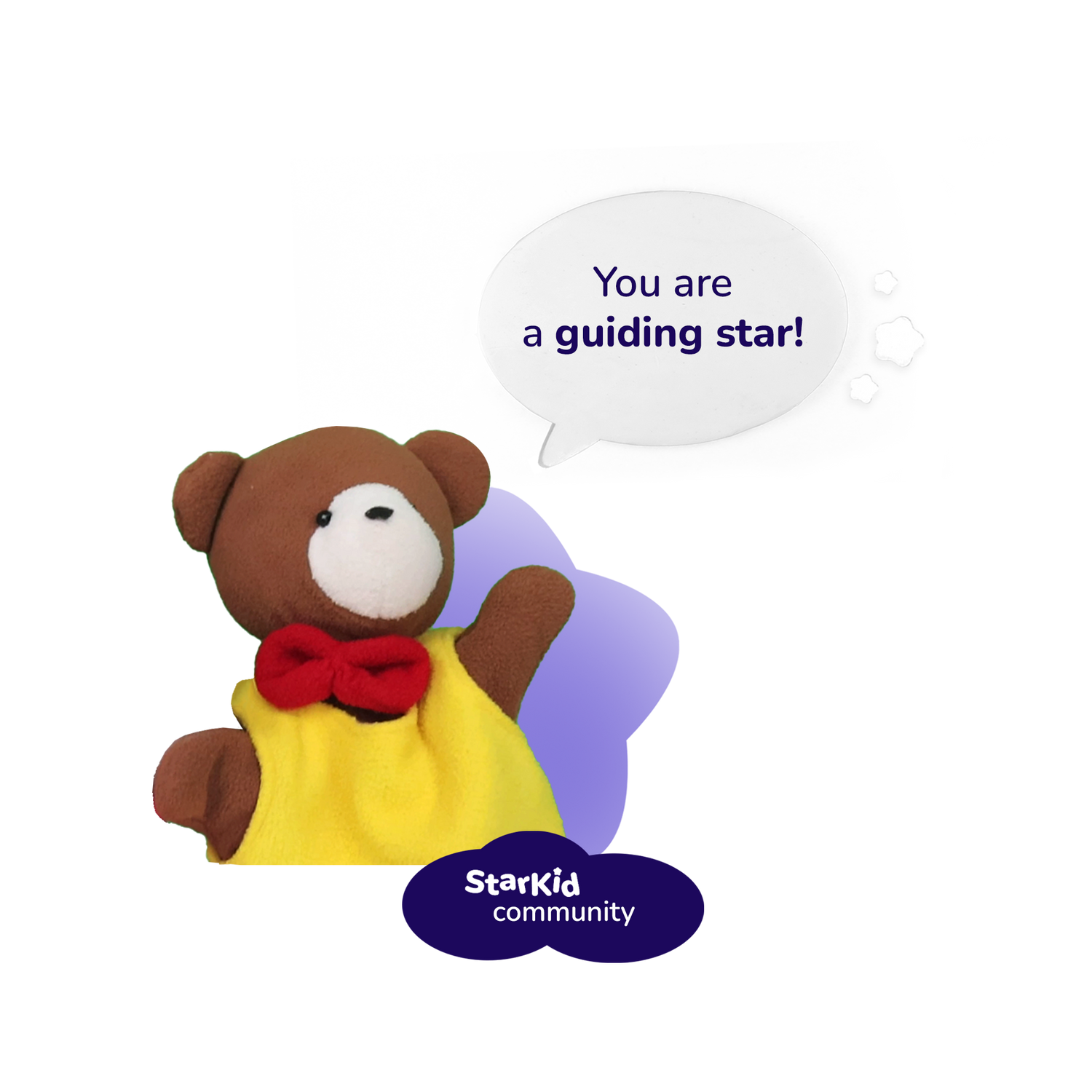Introduction
The importance of mindfulness and relaxation for families cannot be overstated. These practices support mental health, enhance emotional well-being, and foster a calm home environment. This post explores the benefits of mindfulness, offers practical techniques for parents and children, and provides tips for creating a relaxed atmosphere at home.
Benefits of Mindfulness for Parents and Children
Mindfulness practices help individuals focus on the present moment, reducing stress and improving overall well-being. For neurodiverse children, mindfulness can help manage anxiety, improve attention, and enhance emotional regulation.
Detailed Benefits
- Reduced Stress: Mindfulness practices lower cortisol levels and promote relaxation.
- Improved Emotional Regulation: Mindfulness helps children recognize and manage their emotions.
- Enhanced Focus: Regular mindfulness practice can improve attention and concentration.
Practical Mindfulness Techniques
- Deep Breathing: Teach children to take slow, deep breaths to calm their minds and bodies. Use techniques like "balloon breathing" where children imagine inflating a balloon with their breath.
- Mindful Listening: Practice focusing on specific sounds in the environment to enhance attention and presence. Use nature sounds or calming music to guide the practice.
- Body Scan: Guide children through a body scan meditation to help them become aware of physical sensations and release tension. Start from the toes and move up to the head, focusing on each body part.
Additional Techniques
- Guided Imagery: Use guided imagery to help children visualize a peaceful place or positive scenario. This can be particularly helpful for relaxation and stress relief.
- Mindful Movement: Incorporate gentle movements like yoga or tai chi to combine mindfulness with physical activity.
- Gratitude Practice: Encourage children to reflect on things they are grateful for each day to foster a positive mindset.
Creating a Calm Home Environment
- Reduce Clutter: A clutter-free space promotes a sense of calm and order. Organize toys, books, and household items to create a serene environment.
- Establish Routines: Consistent routines provide stability and predictability, which can reduce anxiety. Create visual schedules to outline daily activities.
- Incorporate Relaxation Spaces: Designate areas in your home for relaxation and mindfulness practice. Include comfortable seating, soft lighting, and calming decor.
Practical Tips for a Calm Home
- Soothing Sounds: Play calming music or nature sounds to create a peaceful atmosphere.
- Aromatherapy: Use essential oils like lavender or chamomile to promote relaxation.
- Mindful Activities: Engage in activities like coloring, puzzles, or crafts that promote focus and relaxation.
Conclusion
Mindfulness and relaxation techniques are valuable tools for parents and children. By incorporating these practices into daily routines and creating a calm home environment, families can enhance their overall well-being. Remember, mindfulness is a skill that improves with practice, so be patient and consistent in your efforts.


